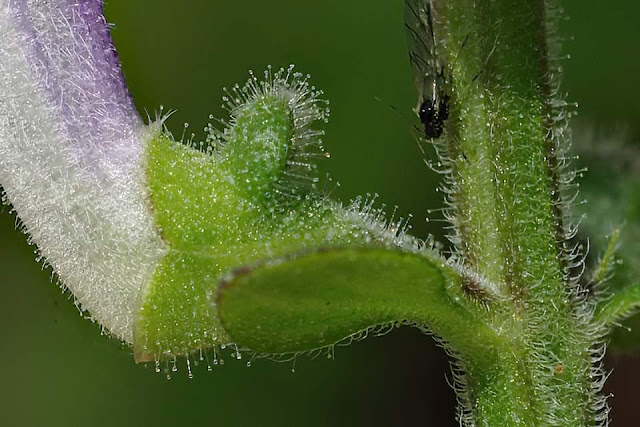Long-leaved summer bluet (Houstonia longifolia) is a rather rare herbaceous perennial wildflower vouchered only from Walton, Washington, and Jackson Counties in the central Florida Panhandle, but widespread to our north; occurring in nearly every state in the eastern half of the nation. Throughout, it is most often found in open sunny to partly sunny well-drained habitats.
This species dies back to the ground in winter and reappears in spring. By early summer it reaches its mature height of 10-12 inches. Pairs of opposite narrowly linear 1-inch long leaves occur along the stem. Some use this feature to distinguish a separate species, H. tenuifolia, from H. longifolia. I have chosen to lump the two together as many taxonomists do although there are some differences. Flowering occurs in early summer atop the branched stems. These flowers occur in cymes, are about 1/4-inch wide and composed of 4 fused light lavender to white petals. These occur on noticeable stalks in H. tenuifolia, but on much shorter ones on H. longifolia. Once pollinated, small capsules are formed. This species is easily propagated by seed sown shortly after ripening.
Long-leaved summer bluet is a close relative of the commonly encountered innocence (H. procumbens) and shares some of those "demure" characteristics. Its small flowers are pollinated by small bees and other small invertebrates, but it is not grown commercially by nurseries affiliated with FANN - the Florida Association of Native Nurseries. It is occasionally offered for sale by northern native plant nurseries, but it is not the form native to Florida and the south and is unlikely to prosper here.
The above photos were taken by my friend, Floyd Griffith, and used by permission.











